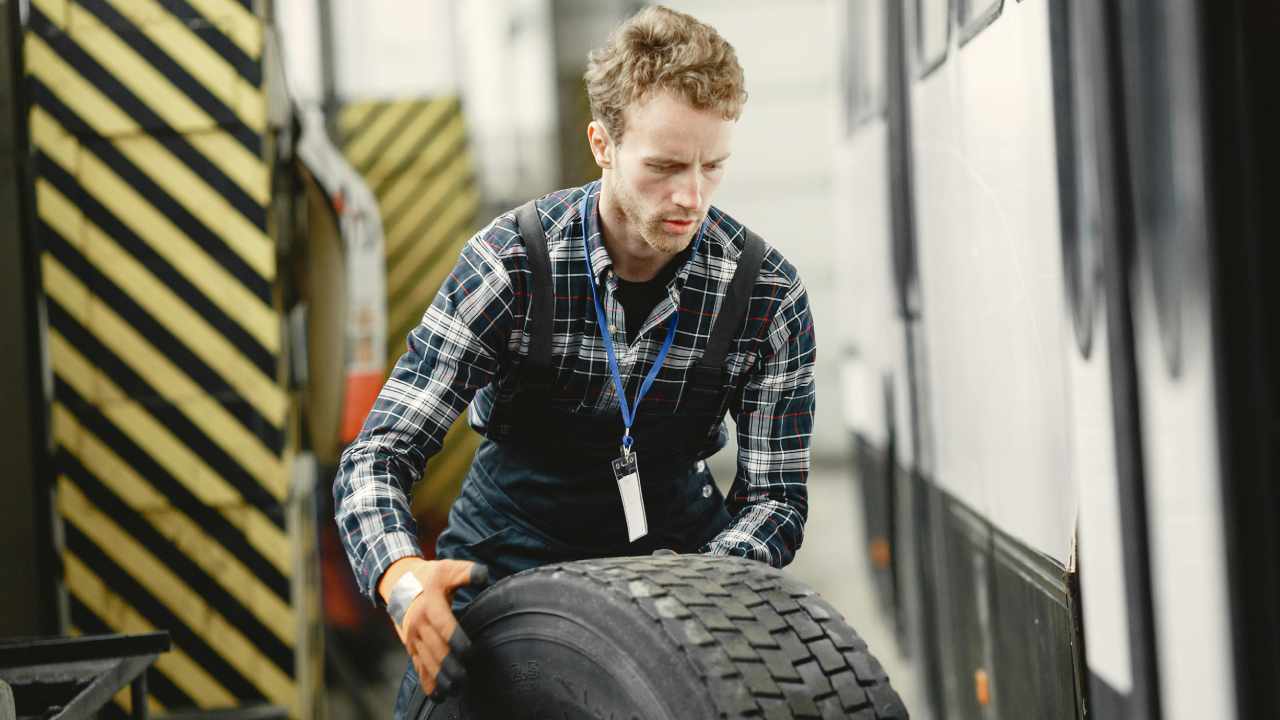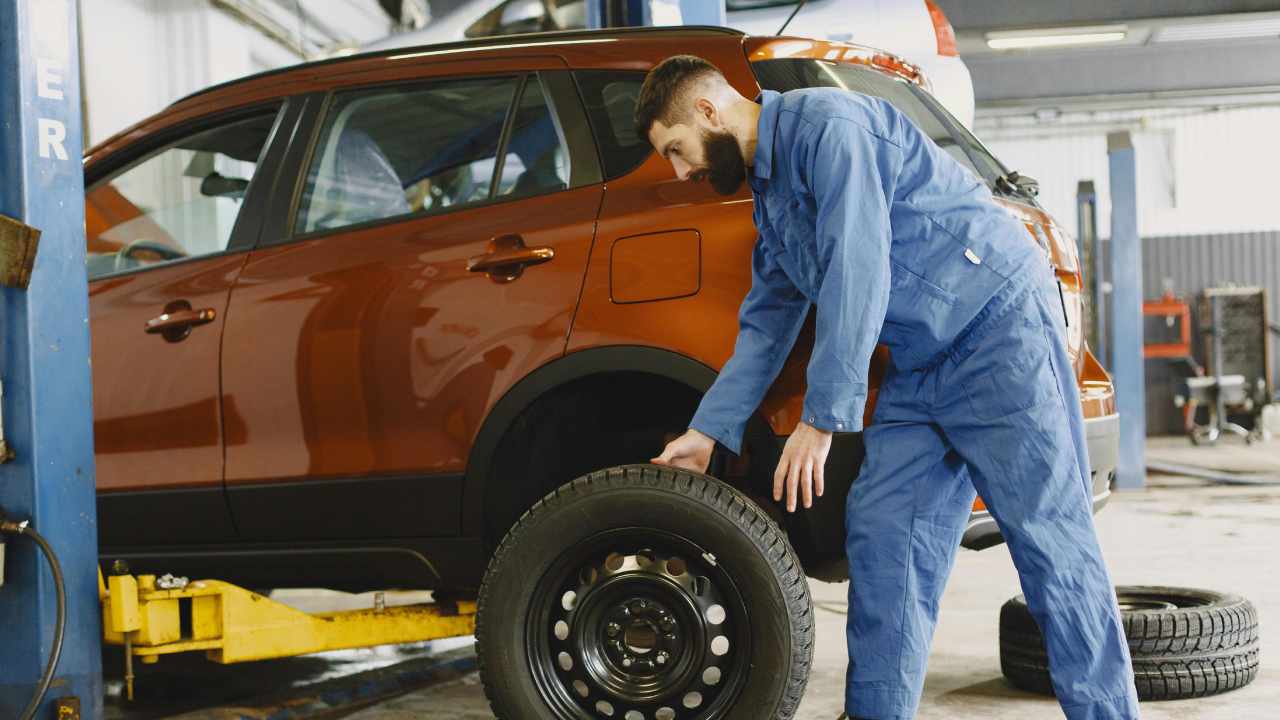Track days offer an adrenaline-pumping escape for car enthusiasts, allowing you to push your vehicle to its limits and hone your driving skills in a controlled environment. But hitting the track isn’t just about revving the engine and going full throttle; it’s about ensuring your car is safe, reliable, and ready to perform under intense conditions. Proper preparation is key to maximizing both your performance and enjoyment.
This guide will walk you through essential maintenance tips, potential performance upgrades, and pre-track day preparation advice, ensuring your car is track-ready and primed for action.
Essential Maintenance Checklist
Before you even think about getting on the track, your car should undergo a thorough inspection. A reliable car not only enhances your track experience but also ensures everyone’s safety.
Engine and Transmission
Your car’s engine and transmission are the heart of its performance. Make sure they are in peak condition before subjecting them to the high stresses of track driving.
- Oil and Fluids
Check and replace engine oil with a high-performance oil blend that can withstand the extreme temperatures of track use. Don’t forget to inspect coolant levels and transmission fluid as well. A cooler engine and transmission are crucial for preventing wear and damage.
- Belts and Hoses
Check for any signs of wear, cracks, or leaks in belts and hoses. These components face extra strain on the track and can lead to mechanical failures if not in good shape.
- Air and Fuel Systems
Ensure that your air filter is clean and free from clogs. For better performance, consider a performance-grade air intake to maximize airflow. Likewise, inspect fuel lines and supply systems to ensure efficient delivery.
Brakes and Suspension
Your brakes are your lifeline on the track. Be sure they’re up to the challenge.
- Brake Pads and Rotors
Inspect your brake pads for wear and invest in high-performance pads designed for track conditions. Check that the rotors are in good condition, with no signs of warping, cracks, or scoring.
- Brake Fluid
Standard brake fluids can overheat and fade under track conditions. Upgrade to a high-temperature DOT 4 or DOT 5.1 brake fluid for better performance.
- Suspension
Inspect shocks, struts, and springs for any leaks or wear. This is pivotal for maintaining stability and handling at high speeds.
Tires and Wheels
Your tires are the only contact between your car and the track, so they deserve special attention.
- Tire Tread and Condition
Check your tire tread depth and look for any uneven wear or damage. While bald tires may seem “grippy,” they can’t handle wet conditions or road imperfections effectively.
- Wheel Alignment
Ensure proper alignment to prevent uneven tire wear and maximize grip around corners.
- Torque Your Lug Nuts
Loose wheel nuts can lead to dangerous situations. Use a torque wrench to secure them to the manufacturer’s specifications.
Upgrades for Performance and Safety
Once essential maintenance is complete, consider upgrades that will elevate your car’s performance and safety. These can make a noticeable difference on the track.
High-Performance Brake Pads and Fluids
For better stopping power, swap out standard brake pads for high-performance ones made of carbon or ceramic composites. These pads resist fade and withstand higher temperatures. Pair them with racing brake fluid to ensure consistent braking even during extended track sessions.
Suspension Upgrades for Better Handling
Stock suspension systems generally favor comfort over performance. Upgrading to adjustable coilovers or high-performance shocks and springs will improve handling by reducing body roll and tightening cornering capabilities. Adjustable systems also allow you to fine-tune your ride height and suspension stiffness to match track conditions.
Safety Equipment
While speed is exciting, safety should always come first. Depending on how often you plan to be on the track and your car’s capabilities, upgrading safety equipment is a good investment.
- Roll Bars: Roll-over protection bars add structural reinforcement that could save your life in extreme situations.
- Harnesses: Racing harnesses secure you to your seat more effectively than standard seatbelts, especially during hard cornering or sudden stops.
- Racing Seats: Lightweight bucket seats keep you planted securely for better control.
Tips for Pre-Track Day Preparation
Once your car has been properly maintained and outfitted, it’s time to focus on preparation in the days leading up to the event.
Inspect the Car Before and After Every Track Day
No matter how perfect your car may seem, a quick inspection before hitting the track is always necessary.
- Check fluid levels (oil, brake fluid, and coolant).
- Ensure your battery is securely mounted.
- Examine tires for punctures, wear, or damage sustained during the last session.
After your track session, repeat these checks to spot any new issues caused by the intense conditions.
Set Tire Pressures and Alignment for the Track
Track conditions often require different tire pressures compared to street driving. Consult your tire manufacturer or track-side experts for optimal pressures. You might also need to adjust camber or toe alignment to improve grip and turn-in response.
Understand Basic Track Etiquette and Rules
A good track day isn’t just about your car—it’s also about you as the driver. Study the track’s regulations thoroughly. Always be aware of flag signals, avoid aggressive maneuvers like sudden lane changes, and give space for faster vehicles when required. Track days are a community experience, so respect your fellow enthusiasts and the environment.
Dominate the Track with a Well-Prepared Car
A track day is as much about preparation as it is about performance. By following this comprehensive checklist, upgrading the right components, and adopting proper etiquette, you’ll ensure your car is not only ready for the challenges of the track but performs reliably and safely.
Remember, ongoing maintenance is just as important as setting up for your first session. Keep an eye on wear-and-tear components, and don’t skip inspections between track days.
Whether you’re a weekend track warrior or just dipping your toes into amateur racing, putting effort into preparing your car properly will make every lap more satisfying. Start with the right steps, and enjoy the thrill of a well-prepared car tearing up the track!

